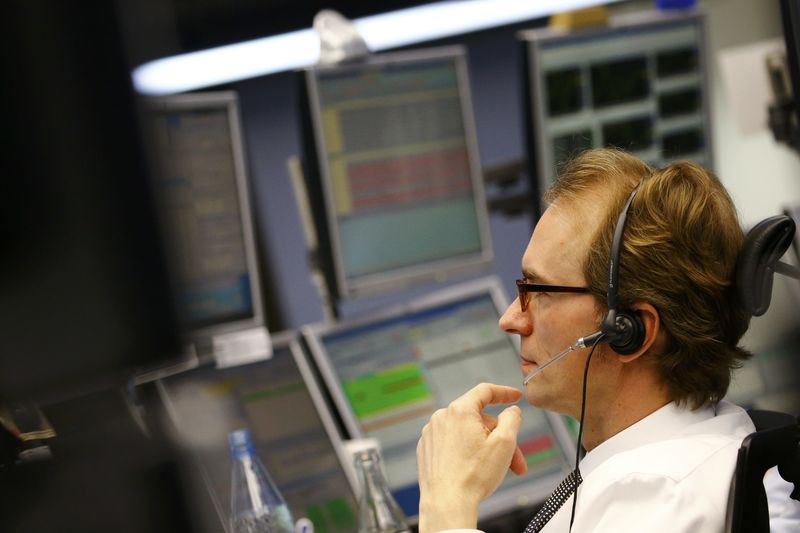Micron to exit server chips business in China after 2023 ban- Reuters
Investing.com -- J.P. Morgan reaffirmed its “overweight" rating on Vestas, saying demand drivers in onshore and offshore wind remain supportive despite political uncertainty in the United States, in a note dated Friday.
The brokerage set a price target of Dkr164 for December 2026, compared with the closing price of Dkr117.60 on September 11. The call reflects expectations of strong order intake and improved visibility on subsidies through the decade, particularly in the U.S. onshore market .
“We believe the vast majority of news stories on US offshore wind in recent weeks are noise to our Vestas investment case,” J.P. Morgan analysts said.
“Keeping the political noise aside, we see lower interest rates, stable input prices and electricity demand growth as positives for wind energy growth, and remain Overweight on Vestas,” they added.
Vestas’ U.S. offshore exposure is limited to the Empire Wind project, where it has an 800MW firm order.
The project, temporarily halted in April before being cleared again in May, is one of ten offshore projects totaling more than 15GW approved by the Biden administration.
But BloombergNEF forecasts only 6GW will be built, underscoring the challenges facing the sector. “We see most of the newsflow as confirmation of reset to expectations, and focus on the Empire Wind project,” the analysts said.
By contrast, U.S. onshore demand is a key pillar of J.P. Morgan’s investment case. Vestas holds a strong local footprint and has already seen third-quarter onshore orders exceed first-half levels.
The brokerage said the Production Tax Credit, a generation-based subsidy, offers visibility through 2030 and underpins developer economics.
“Despite the lack of support from the new US Administration’s policies, the overall business case for developers in onshore wind remains compelling,” the brokerage said.
The U.K. offshore market is another catalyst. With more than 15GW already installed, the country is preparing its seventh round of Contracts for Difference auctions.
J.P. Morgan expects 6-8GW of capacity to clear, potentially feeding into Vestas’ order intake in 2026 and revenues between 2028 and 2030.
Lower interest rates are also cited as a tailwind. “Given the high upfront costs, interest rates play a key role in the competitiveness of wind energy,” the analysts said.
“Lower interest rates in Europe and potential rate cuts in the US are therefore positive for wind energy prospects,” they added.
Vestas has underperformed the European capital goods sector by more than 80% since the start of 2024, leaving its relative valuation over 40% below the long-term average.
J.P. Morgan values the stock at 13.5 times estimated 2027 EBIT, a 10% discount to its fair multiple of 15x, reflecting U.S. policy uncertainty.
Risks flagged include weaker industry forecasts, permitting and grid delays, input cost spikes and possible unfavorable U.S. policy changes.
Still, J.P. Morgan said strong demand and stable financing conditions support its positive view.
